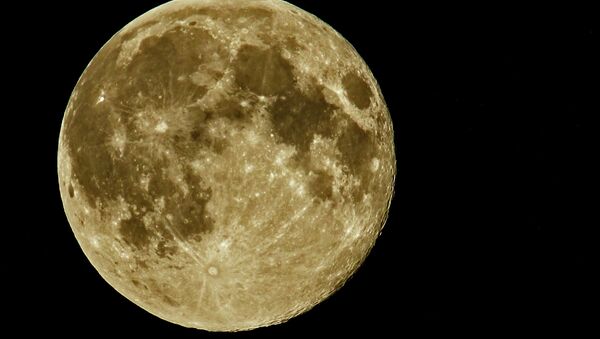On that special Tuesday, starting at roughly 10:53 a.m. EST, the moon will be at its fullest while at a distance of about 221,000 miles from Earth, which is 17,000 miles closer than the average distance, according to USA Today.
NASA reports that the moon will appear up to 14 percent bigger and 30 percent brighter than a full moon at its farthest point from Earth.
And if you can't catch it at the exact time on Tuesday, don't fuss. While it won't be at its fullest, you can catch the jaw-dropping sights starting on Sunday, February 17.
The Snow Moon, which also goes by the names Hunger Moon and Storm Moon, has been known to humans for thousands of years. In fact, Native Americans used February's supermoon to track the changing seasons.
The Old Farmer's Almanac notes that the Wishram people of the Pacific Northwest referred to the Snow Moon as "Shoulder to Shoulder Around the Fire Moon," and that the Cherokee people of the Southeast referred to it as the "Bone Moon."
"The Bone Moon meant that there was so little food that people gnawed on bones and ate bone marrow soup," it explains.
This latest spectacle comes just one month after the Super Blood Wolf Moon dazzled viewers, and birthed a variety of moon-related prophecies based on biblical predictions.

The end was not nigh in January, but who knows what February 19 might bring. The next supermoon is expected to take place on March 21, but it won't appear as big as the Snow Moon.


